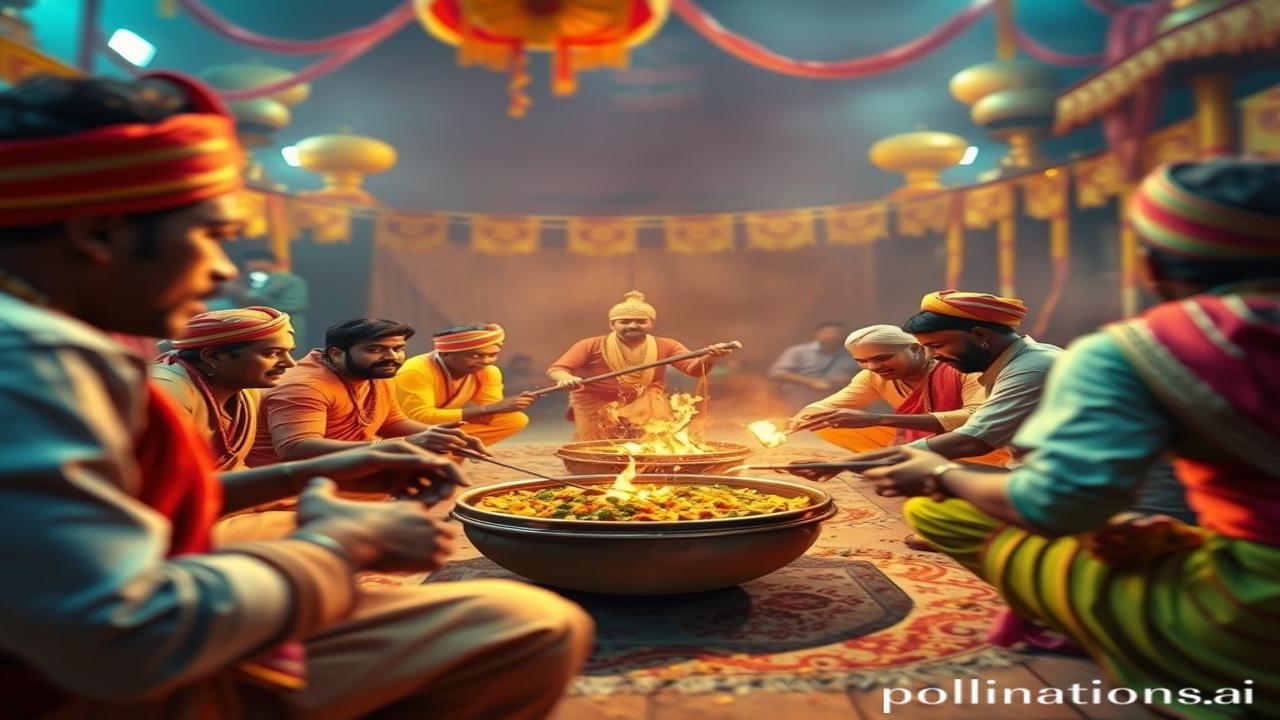Festival Ki Raunak, Khel Ki Dhoom: A Dive into India’s Traditional Games
Kabhi socha hai, jab Diwali ki deepo ki roshni galiyon ko jagmagati thi, Holi ke rang hawa mein ghulte the, ya Onam ke phoolon se aangan sajjata tha, tab bachche kya khelte the? Waqt ki dhool mein chhupi, yeh kahaniyan aaj bhi hamaare dilon mein zinda hain. Let’s rediscover those cherished traditional games played during festivals, games that are more than just play; they are threads woven into the vibrant tapestry of Indian culture.
Khel-Kood: The Historical & Cultural Backdrop
Traditional Indian games played during festivals aren’t just about entertainment; they are a celebration of life, community, and the spirit of the occasion. Many of these games have origins stretching back centuries, even millennia! Think about it: the Mahabharata itself features a game of dice that changes the course of history. These games were not just pastimes; they were integral to social bonding, skill development, and even religious expression.
For example, during Diwali, games of chance like chaupar (also known as pachisi) were popular, symbolizing prosperity and the goddess Lakshmi’s blessing. Holi, the festival of colors, was synonymous with games involving water, colors, and playful chases – a symbolic cleansing and renewal. Onam, celebrated in Kerala, saw games like onathallu (a form of martial arts) and boat races, showcasing strength, teamwork, and the vibrant cultural identity of the region.
Zameeni Sach: Life Through The Eyes Of The People
Imagine Ma Rukmini preparing gujiyas in her kitchen as the sounds of chaupar dice being thrown fill the air outside. Her husband, a farmer, pauses from his work to join the game, hoping for a lucky streak that will bring prosperity to their harvest. Laughter and friendly banter echo through the courtyard. This wasn’t just a game; it was a shared experience, a connection between generations, and a prayer for a better tomorrow.
Or picture a young warrior preparing for onathallu during Onam. He practices his moves with fierce determination, guided by his elder, honing not only his physical prowess but also his discipline and respect for tradition. These games weren’t just about winning; they were about instilling values, preserving cultural heritage, and passing on knowledge to the next generation.
Dharohar Aur Pehchaan: Cultural Significance Today
While the digital age has introduced a plethora of new games, the echo of these traditional games still resonates in modern India. We see glimpses of them in:
- Rituals: The use of turmeric powder and colors during Holi celebrations draws directly from ancient playful traditions.
- Art: Traditional games are often depicted in miniature paintings and folk art, serving as a visual reminder of our cultural heritage.
- Festivals: Many regional festivals continue to feature variations of these games, preserving their essence and keeping them alive for future generations.
- Values: The spirit of sportsmanship, teamwork, and respect, instilled through these games, continues to shape our understanding of Bharatiyata (Indianness) and national identity.
Mazedaar Tathya Ya Bhram-Bhanjak: Fun Fact & Myth Buster
- Myth: Log samajhte hain ki traditional games sirf bachchon ke liye the.
- Truth: Asli sach yeh hai ki these games were enjoyed by people of all ages, from rulers to farmers, and were a crucial part of community bonding.
Drishya Aur Bhavnaaen: The Sensory Experience
Close your eyes. Imagine the gulal dust swirling in the air during Holi, tickling your nose and painting everything in a rainbow of colors. The rhythmic beat of the dhol vibrates through your body, urging you to dance and celebrate. The smell of thandai and freshly fried malpuas fills the air, adding to the festive cheer. Or imagine the smooth feel of the chaupar dice in your hand, the suspense building as you anticipate your next move. These games weren’t just seen; they were felt, smelled, tasted, and heard, creating a holistic sensory experience.
Antim Vichar Ya Uddharan: Closing Insight
These traditional games are more than just memories; they are living echoes of our past, connecting us to our ancestors and shaping our understanding of Dharma, Kala, and Dharohar. Let’s strive to keep these traditions alive, not just as a nostalgic pastime, but as a vibrant expression of our cultural identity.
“Aao phir se banaayein woh bachpan ki yaadein,
Khel-kood mein chhupi hai bharat ki aan-baan-shaan.”
